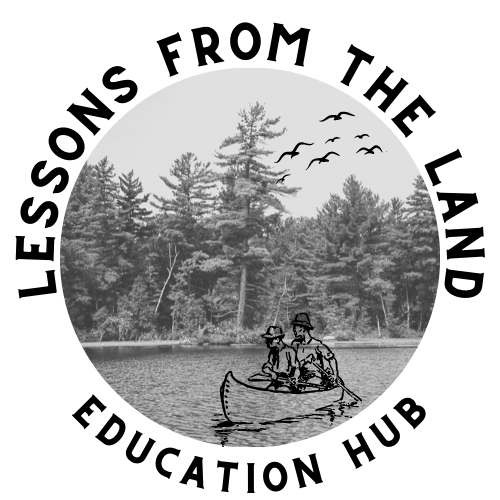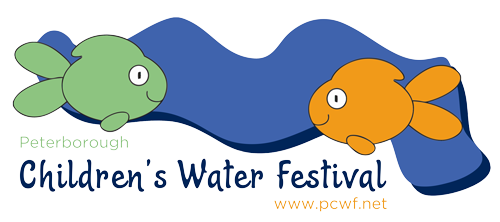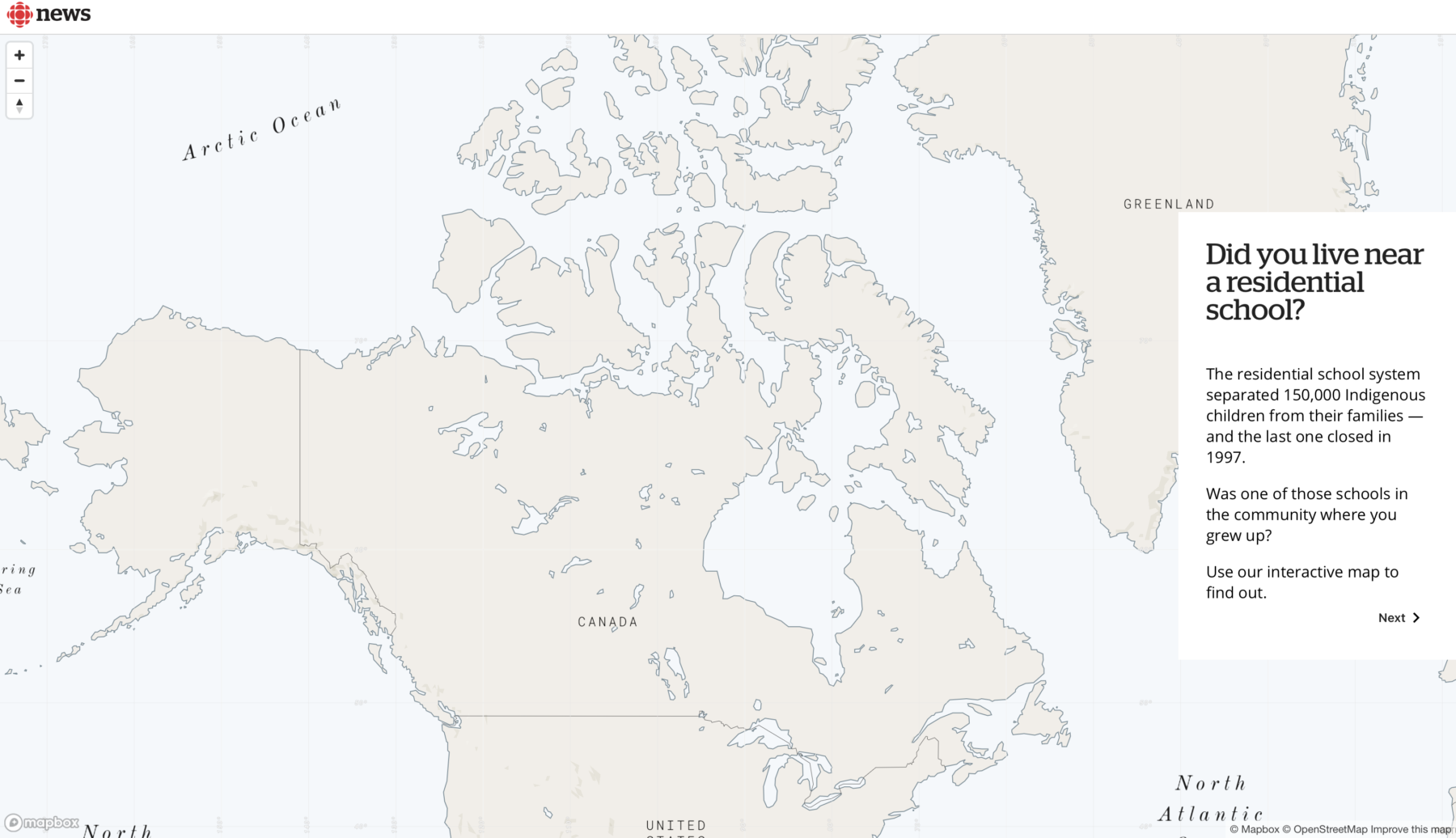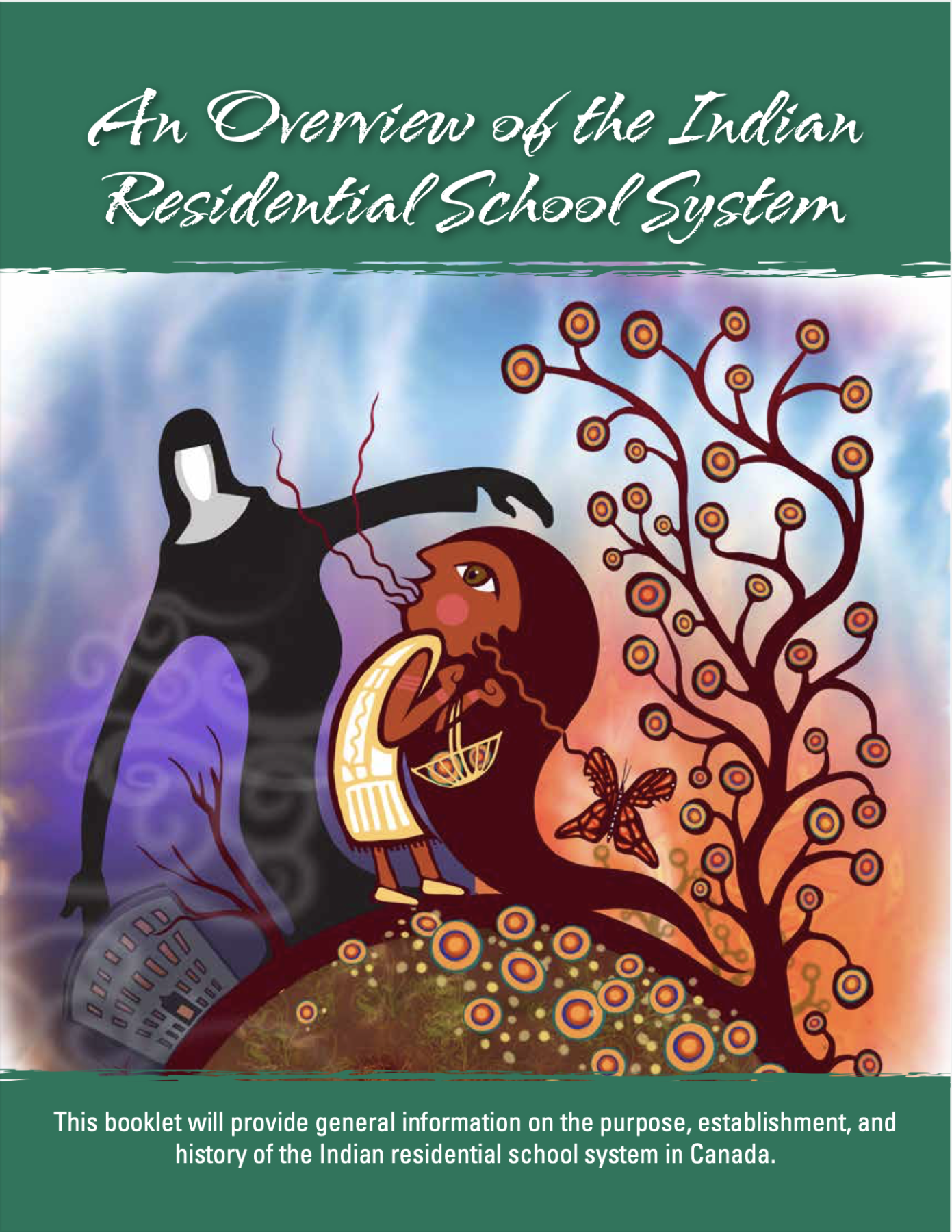Education Hub
We celebrate the heritage of the First Nations, Inuit and Métis peoples and commit to sharing Indigenous history, languages and culture with newcomers and refugees as important steps towards education and reconciliation.
In the Virtual Education Hub, you will find resources to learn more about Indigenous history, culture and teachings and about the importance of water.

Turtle Island, Nogojiwanong, and Land Acknowledgements
You likely have heard many references to the names "Turtle Island" and "Nogojiwanong."
Turtle Island refers to the continent of North America. It is the name used mainly by the Algonquian and Iroquoian speaking peoples of northeastern North America. The name comes from various Indigenous oral histories of the original inhabitants of this region that tell stories of a turtle that holds the world on its back. The turtle is considered an icon or representation of life itself. Learn more.
There are many Creation Stories detailing the story of Turtle Island. Below, we have linked two of these creation stories - the Haudenosaunee and the Ojibwe.
The Haudenosaunee Creation Story
Video by Onondaga Historical Association
An Ojibway Story of Creation
Video by Get to Know Program with support from the Pic River First Nation.
"Nogojiwanong" is the Anishinaabe word for Peterborough. It means “place at the foot of the rapids.” Nogojiwanong is the native territory of the Anishinaabeg peoples. This guest post in PtboCanada provides 13 Historical Facts about the Indigenous Peoples of this area.
Land acknowledgements are a way for us to raise awareness of and respectfully recognise the Indigenous peoples of the area we are currently in. It is an important step towards reconciliation. Land acknowledgements will often reference the Indgidenous names and language for the place, the Indigenous peoples or the area, and the history and related treaties of the areas. It is important to research this information, seek clarification, and make your land acknowledgement personal. Land acknowledgements are often done at the start of events, ceremonies, presentations etc. or included in publications or visual media.
Here are two resources that provide more information on land acknowledgements and tips as you write one:
- A guide to Indigenous land acknowledgements by the Native Governance Centre
- What are land acknowledgements and why do they matter? by Selena Mills for locallove.ca
“No Life Begins Without Water”
Resources shared with permission from the Peterborough Children’s Water Festival 2021
The Water Walker Book Reading & Reflection
The Water Cycle with TRACKS
TRACKS Youth Program teaches us about the connections between Eurocentric science, Indigenous science and traditional teachings.
Nogojiwanong (Peterborough) Watershed Education
Kawartha World Issues Centre (KWIC) & the Paddling Puppeteers share the history of the waters of Nogojiwanong.
Headwaters to Hearts - Education in Action with GreenUp
Students and staff from St. Anne CES combine forces with GreenUP to protect Jackson Creek.
Water Protection with Riverside Park and Zoo
Lake Ontario and Atlantic Salmon with OFAH
Ben Tesky of Ontario Federation of Anglers and Hunters teach us about the Atlantic Salmon that was in abundance in Lake Ontario for centuries and what the OFAH is doing to try to restore them to these waters.
Waste Water Treatment Tour
Truth and Reconciliation
On June 1, 2008, the Truth and Reconciliation Commission of Canada (TRC) was created to document the history and lasting impacts of the residential school system in Canada on Indigenous individuals and their families. The Commission held several meetings across the country, providing survivors of the residential schools the chance to speak about their experiences.
After several years of meetings and documenting these stories, the TRC released its report detailing its findings and Calls to Action towards reconciliation. There are 94 Calls to Action.
The report notes:
It is due to the courage and determination of former students—the Survivors of Canada’s residential school system—that the Truth and Reconciliation Commission of Canada (trc) was established. They worked for decades to place the issue of the abusive treatment that students were subjected to at residential schools on the national agenda. Their persever- ance led to the reaching of the historic Indian Residential Schools Settlement Agreement.
All Canadians must now demonstrate the same level of courage and determination, as we commit to an ongoing process of reconciliation. By establishing a new and respect- ful relationship between Aboriginal and non-Aboriginal Canadians, we will restore what must be restored, repair what must be repaired, and return what must be returned.
Justice Murray Sinclair, Chair, Truth and Reconciliation Commission of Canada
Chief Wilton Littlechild, Commissioner
Dr. Marie Wilson, Commissioner
Below are three documents published by the TRC: the Final Summary Report, The Survivours Speak report where residential school survivors detail their experiences, and the Calls to Action towards reconciliation. It is important that we read these documents, learn about the impacts of these schools, and commit to reconciliation.
Talking about the TRC & Calls to Action with Children and Youth
Spirit Bear's Guide to the Truth & Reconciliation Commission of Canada Calls to Action is a wonderful resource for children and youth to learn about the Calls to Action. The resource presents each of the calls to action in simple language that is easy to understand, along with illustrations and definitions. It is important for children to know about this and have conversations.
About the Residential School System
These schools were set up by the Canadian government and administered by churches with a nominal objective of educating Indigenous children but also the more damaging and equally explicit objectives of indoctrinating them into Euro-Canadian and Christian ways of living and assimilating them into mainstream white Canadian society.
The system forcibly separated children from their families for extended periods of time and forbade them to acknowledge their Indigenous heritage and culture or to speak their own languages. Children were severely punished if these, among other, strict rules were broken. Former students of residential schools have spoken of horrendous abuse at the hands of residential school staff: physical, sexual, emotional, and psychological. Residential schools provided Indigenous students with inappropriate education, often only up to lower grades, that focused mainly on prayer and manual labour in agriculture, light industry such as woodworking, and domestic work such as laundry work and sewing.
Source: Indigenous Foundations, UBC
This CBC Interactive map shows the locations of residential schools across Canada and provides information about each school. Click on the map below which will open up in a new tab so you can explore the history of the area you live in.
The Anishinabek Nation (Union of Ontario Indians) has produced "An Overview of the Indian Residential School System" booklet which provides general information on the purpose, establishment, and history of the Indian residential school system in Canada.
This is a good introduction to the Residential School System. Read below.



